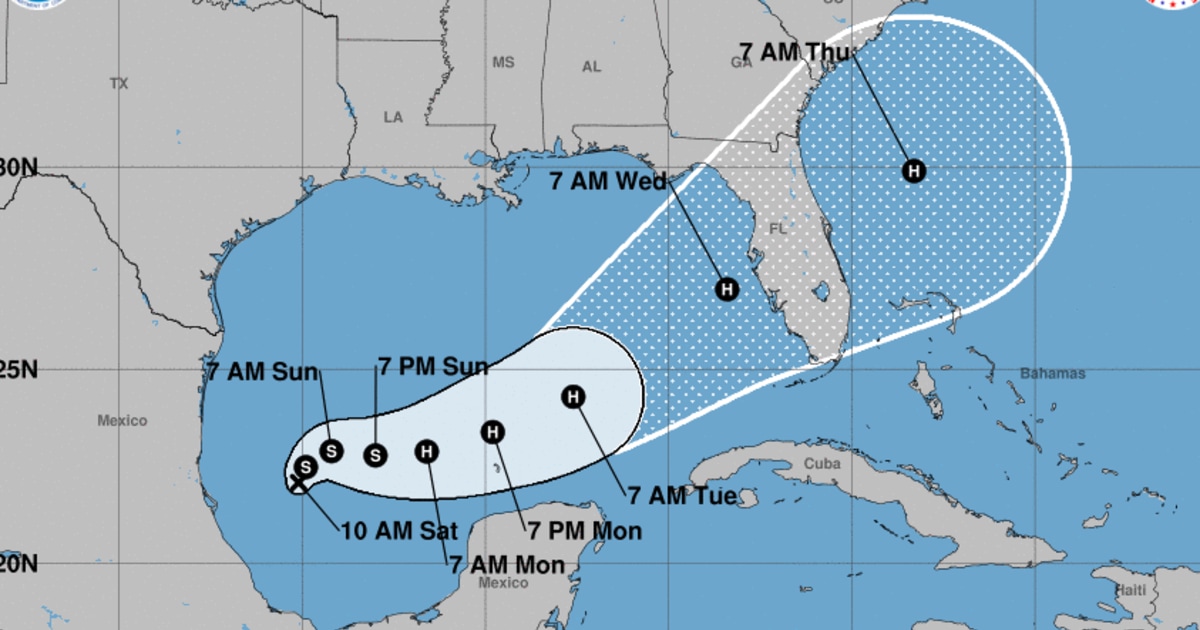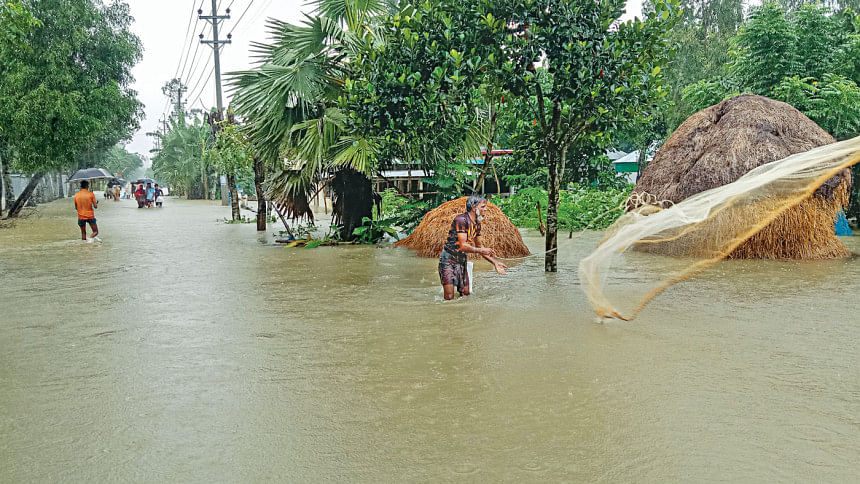
September 16, 2024 This article has been reviewed according to Science X's editorial process and policies . Editors have highlightedthe following attributes while ensuring the content's credibility: fact-checked peer-reviewed publication trusted source proofread by Chinese Academy of Sciences As urban areas continue to expand, they often experience the urban heat island effect, where cities become significantly warmer than surrounding rural areas. Urban trees have long been proposed as a solution to mitigate this effect, thanks to their ability to provide shade and cool the air through evaporation.
However, the effectiveness of these cooling mechanisms, particularly under rising temperatures, has remained uncertain—until now. A study, published in Advances in Atmospheric Sciences on September 7, investigates the relationship between rising temperatures and the cooling efficiencies— defined as the added cooling effect resulting from 1% increase of tree cover— of urban trees in 70 economically developed cities across China. The study was conducted by researchers from Nanjing University and it reveals that urban trees provide increased cooling benefits on hotter summer days, offering a promising solution to the growing urban heat island effect .

The team examined satellite data over a 17-year period (2003–2019) to assess how urban trees' cooling efficiency respond to rising summer temperatures. The research produced two critical findings: Despite the overall positive cooling efficiency response, the researchers also noted that studies in Africa and India have reported that there may be a turning point for the response of cooling efficiency to rising temperatures. As temperatures exceed this turning point or threshold, trees may close their stomata to conserve water, significantly reducing their cooling efficiency.
This diminished capacity could exacerbate heat conditions during extreme heat waves, highlighting a limitation in relying solely on urban trees to combat rising urban temperatures. "This underscores the need for a multifaceted approach to urban heat mitigation, particularly as cities face more frequent and severe heat waves," said Jun Ge, corresponding author of the study. The research team therefore emphasizes the need to expand their analysis beyond China to gain a global perspective on the cooling efficiency of urban trees in response to rising temperatures.
Additionally, future studies will aim to incorporate the shading benefits of urban trees, which were not included in this initial analysis due to challenges in quantification through satellite data . "Our ultimate goal is to understand the underlying mechanisms driving the cooling efficiencies of urban trees and to provide insights that can inform policy decisions on urban resilience strategies in the face of climate change," said Ge. More information: Limei Yang et al, Enhanced Cooling Efficiency of Urban Trees on Hotter Summer Days in 70 Cities of China, Advances in Atmospheric Sciences (2024).
DOI: 10.1007/s00376-024-3269-9 Journal information: Advances in Atmospheric Sciences Provided by Chinese Academy of Sciences.














